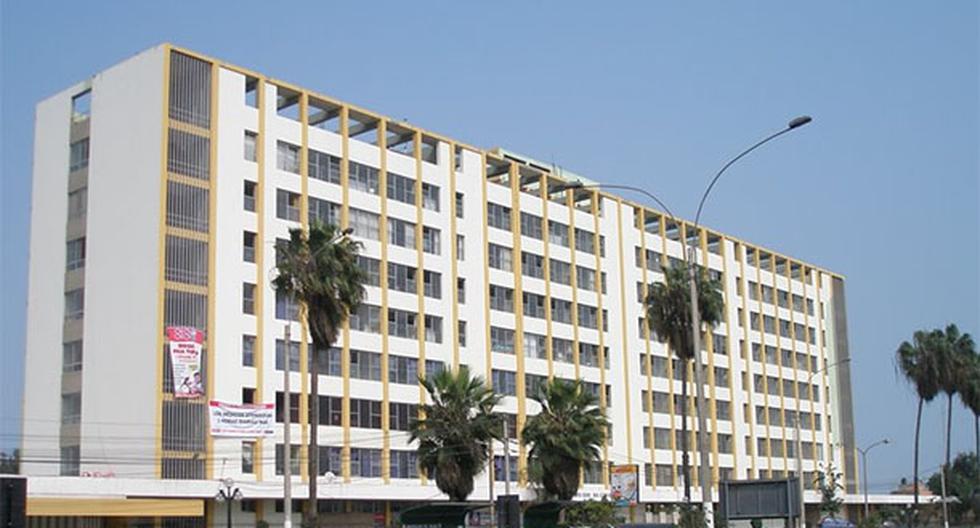This is established in a report by the Cuesta Duarte Institute of the PIT-CNT, accessed by the newspaper La R. In 2 years, workers in these sectors lost 10.57% of purchasing power, and the Executive Branch proposes to recover it in 4 years 9 .31%, he adds. Next, we transcribe the report with the “first appreciations about the guidelines presented by the Executive Power for the highly affected sectors.”
“In a new meeting of the Superior Tripartite Council (CST), the Ministry of Labor and Social Security presented the guidelines for collective bargaining in the so-called ‘highly affected sectors’. In mid-2021, these sectors entered a new bridging round of falling real wages. Thus, in the 12 months between July 2021 and June 2022, workers in these sectors had a single salary adjustment of 3%.
Given that the growth of consumer prices in the same period was 9.29%, a fall in the purchasing power of wages of 6.11% was consolidated. In addition, for most sectors, this drop was accumulated with the one they had had between 2020 and 2021, of 4.20%; so that as of July of this year, the real salary of workers in these sectors is 10.57% below the level it had two years earlier.
Within this framework, and clearly failing to comply with its commitment to recover wages at the end of the government period, yesterday the Executive Branch presented guidelines for negotiation in these sectors, in which it proposes a recovery of wage levels of 9.31% in running 4 years. This implies: on the one hand, that for these workers the recovery commitment is clearly not fulfilled at the end of the government period; and furthermore, that not even in a horizon of 4 years is it proposed that the salary return to the real levels it had at the beginning of this administration.
This is a total of about 40,000 formal workers, mostly low-income, who are again left behind and for whom -according to this proposal by the Executive Power- not even in the course of 6 years will they return to the levels of real salary they had in mid-2020, leaving aside the accounting for the loss they incurred over the course of these years. Although these are areas of activity that have had significant difficulties over the years and are generally employment-intensive, we understand that it is not through the reduction of wages (or the delay in their recovery) that to generate a better outlook for activity and employment in these sectors.
The companies that unfortunately have already closed in the framework of the pandemic will not reopen their doors due to the reduction in salary costs in the sector, but there are other factors that determine to a much greater extent the previous and future trajectory of their activity. First of all, we are deeply concerned about what these guidelines represent for the group of workers involved, where the Executive Power, failing to comply with the commitment assumed in mid-2020, does not even propose that they return to the real salary levels they had at that time, not only in this period of government but also in a much broader horizon.
Secondly, it is impossible to ignore the impacts that these proposals will have in terms of distribution. Wage income is a central component of people’s total income and therefore its distribution is key to understanding total income inequality in society. Approaches such as these guidelines lead to greater income inequality among wage earners and in society in general, with the added fact that they once again harm the most neglected sectors and workers in terms of income.
















